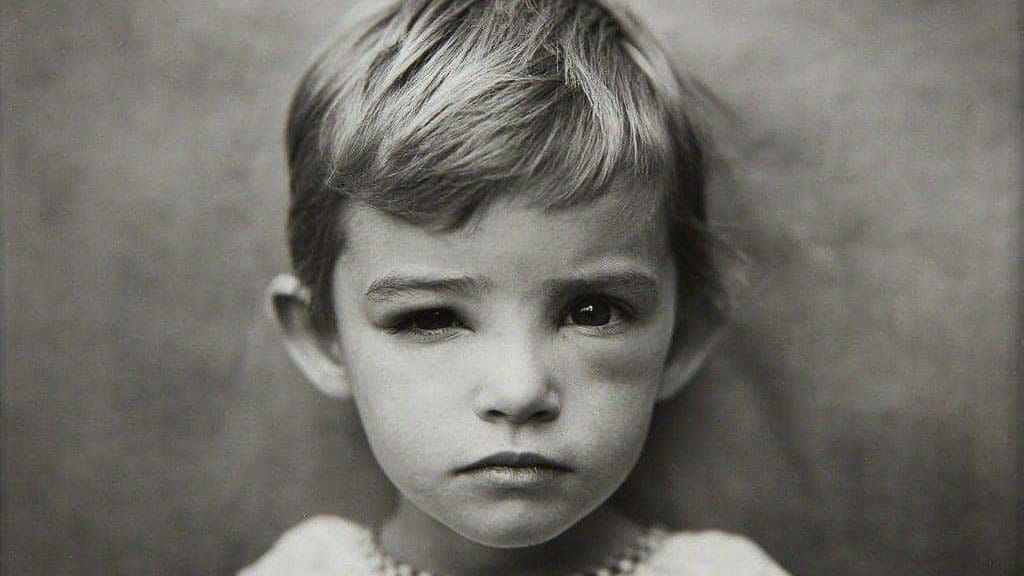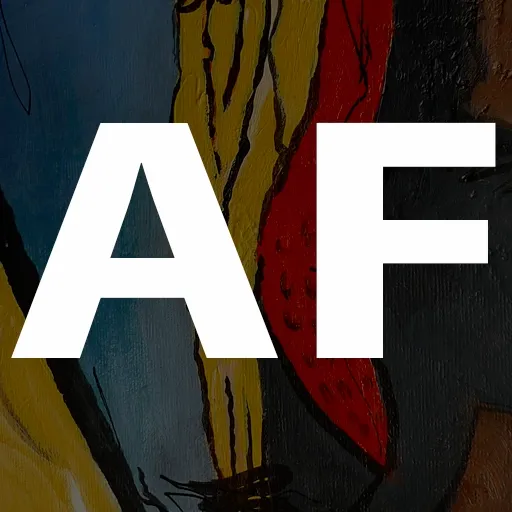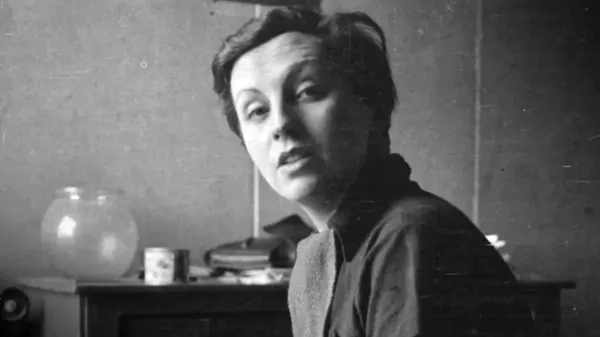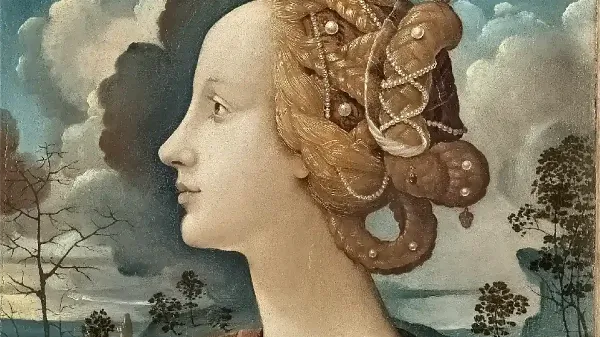Sally Mann, or Life in the Woods
Sally Mann transforms family and Southern landscapes into haunting allegories of childhood, loss and nature. Her bold, poetic images echo Thoreau’s vision of life in the woods.

Sally Mann, a photographic diary
Sally Mann first came to prominence with her second book, Immediate Family (1984–1992), which quickly stirred controversy. Critics accused her of exhibitionism toward her own family—especially her children—and of harboring ambiguous intentions in photographs of juvenile nudity that sometimes mimic adult attitudes in deliberately provocative poses. For some, the images crossed a line; for others, they reflected nothing more than the weight of cultural codes and, in certain cases, a lingering strain of American puritanism.

Mann herself has repeatedly insisted that these photographs were neither autobiographical nor intimate in nature. Rather, she aimed at a kind of universality, reflecting on adolescence, childhood, the loss of innocence, and the adult gaze—in this case, that of their mother—watching, with both care and concern, the tipping point where play shades into the first gestures of adulthood. Still, one might argue the matter is more complicated: artists often blur the boundaries of their work, whether intentionally or in bad faith.




